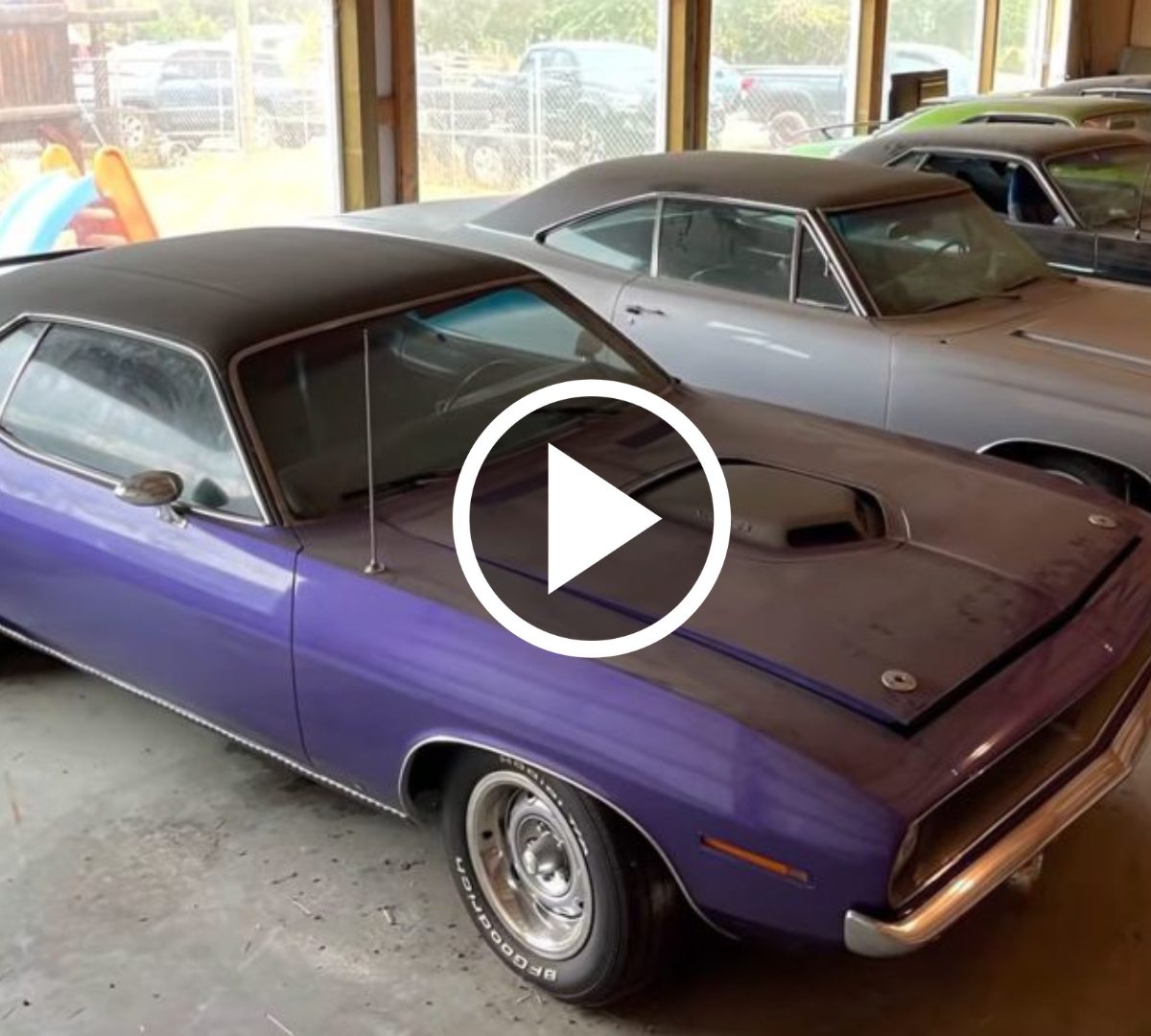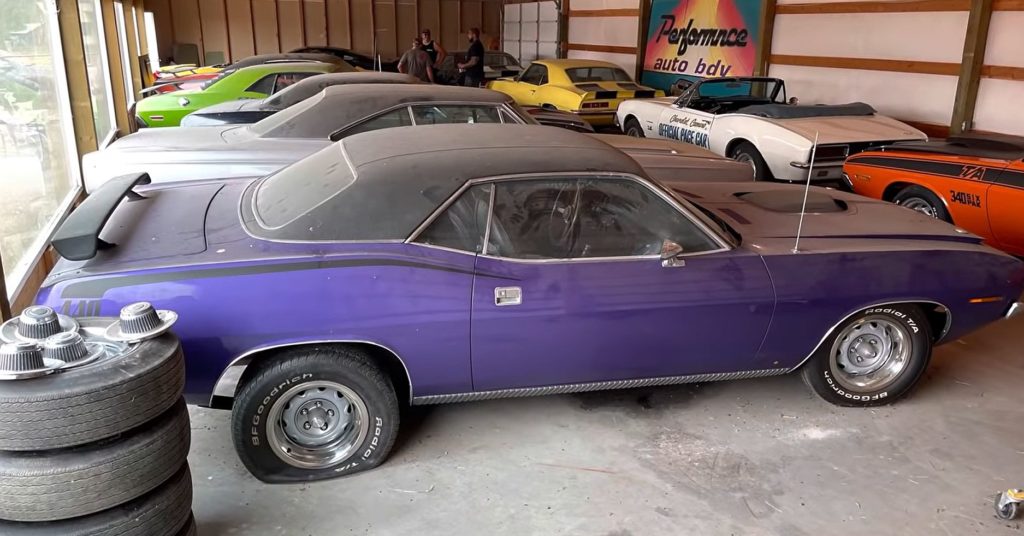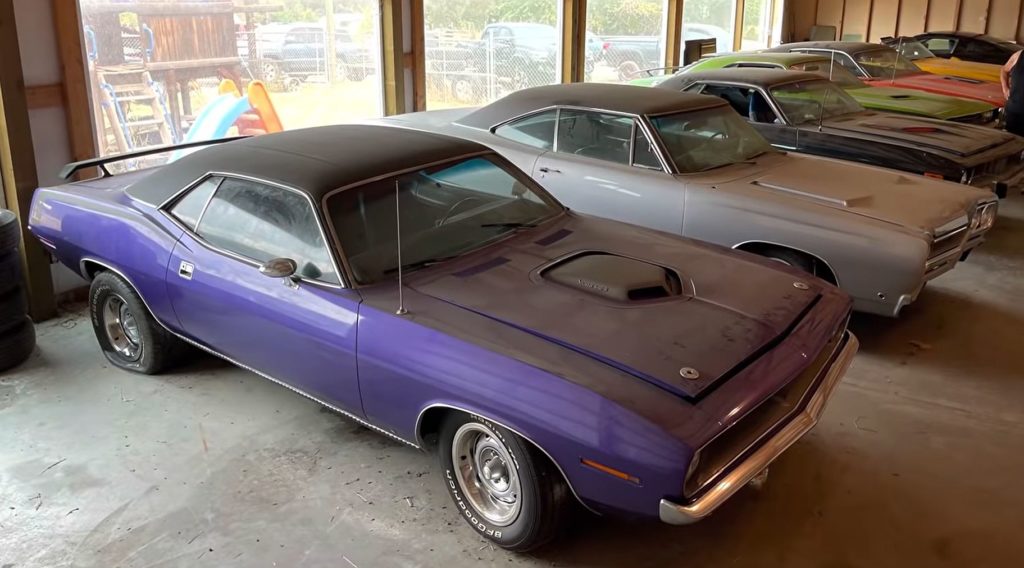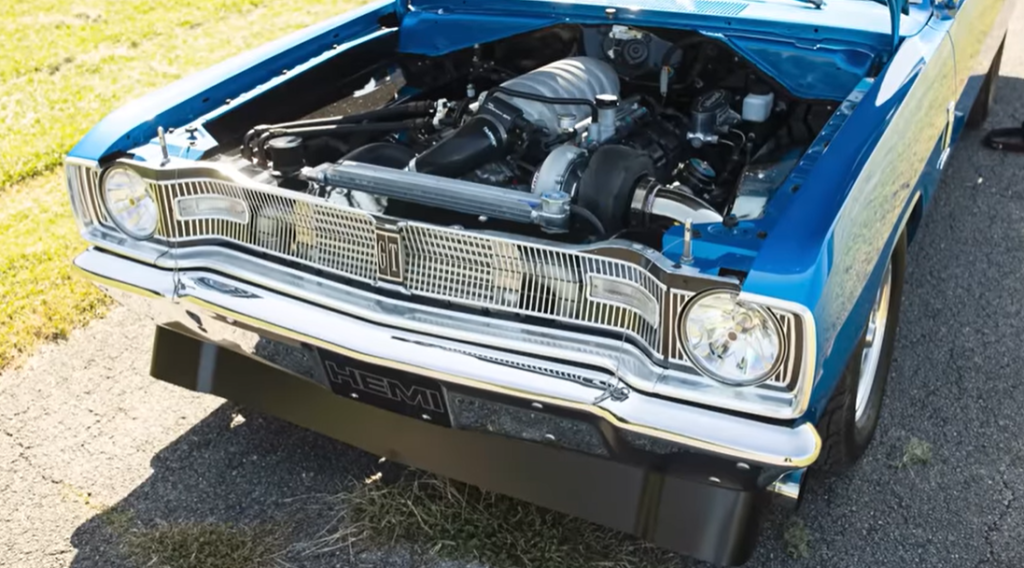As a lover of classic cars, my heart aches at the sight of a neglected barn find. The thought of such iconic vehicles never being restored to their former glory is disheartening.



As a brief reminder, the Charger R/T was available with either a 440 RB V8 or the mighty 426-cubic-inch (7.0-liter) HEMI V8. The former came standard with a four-barrel carburetor and 375 horsepower, but Dodge also offered a "Six Pack" version with 390 horses.

The R/T is parked next to a couple of other Mopars that are highly desirable nowadays. One's a 1971 Charger SE in black while the other one is a 1969 Plymouth Road Runner. Both appear to be in solid condition, but they haven't been driven in more than 10 years. Finally, a 1969 Oldsmobile 442 is also hidden in there as a GM gem among Mopar muscle.































